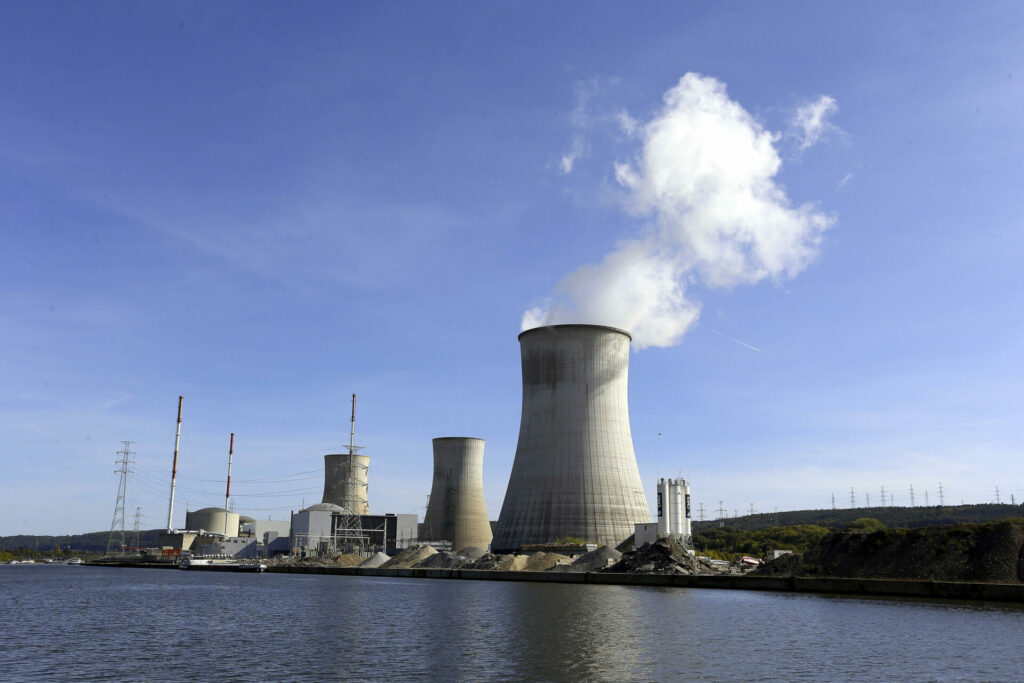A total of 13% more CO2 emissions came from electricity production in Belgium in the first half of the year, compared to the same period the year before.
This is a significant increase and experts are pointing to Belgium's nuclear phase-out as the culprit.
In a study published by Ghent University and shared by De Standaard, researchers blame this increase in CO2 emissions on the controversial closure of nuclear reactors Doel 3 and Tihange 2. The first reactor closed on 23 September 2022 and the second on 1 February 2023.
In concrete terms, Belgium lost 2 gigawatts of electricity production capacity from production sites that produced almost no CO2 emissions. This has had an immediate and evident effect on emissions from the rest of Belgium's energy generation, according to researcher Sam Hamels.
Compared to CO2 emissions recorded in February to July 2022, those recorded in the same period this year were 13% higher. Emissions rose from 146 to 168 grams of CO2 per kilowatt hour (KWh). Even these estimates are said to be conservative, with an assumed emission of 500 grams per KWh from gas-fired power plants.
Energy generation is therefore more polluting in Belgium than in neighbouring France (72 grams), which now produces a much higher proportion of energy from nuclear. However, Germany (486 grams) and the Netherlands (349 grams) are still more polluting due to their sustained use of coal-fired power plants.
Related News
- Global coal consumption expected to hit record high in 2023
- Doel 4 and Tihange 3 nuclear plants to operate through 2025-2026 winter
The difference in emissions from electricity production in Belgium is even noticeable month to month. For example, in February 2023, CO2 emissions were 57% higher than the same period last year. In contrast, emissions were 33% lower in July than in the same period in 2022.
Emissions tend to decrease as Belgium enters periods of weather which are more conducive for the use of renewable energy. Last year was relatively sunny, while this year has so far been windier, especially in July. This is reflected in the emissions statistics.

